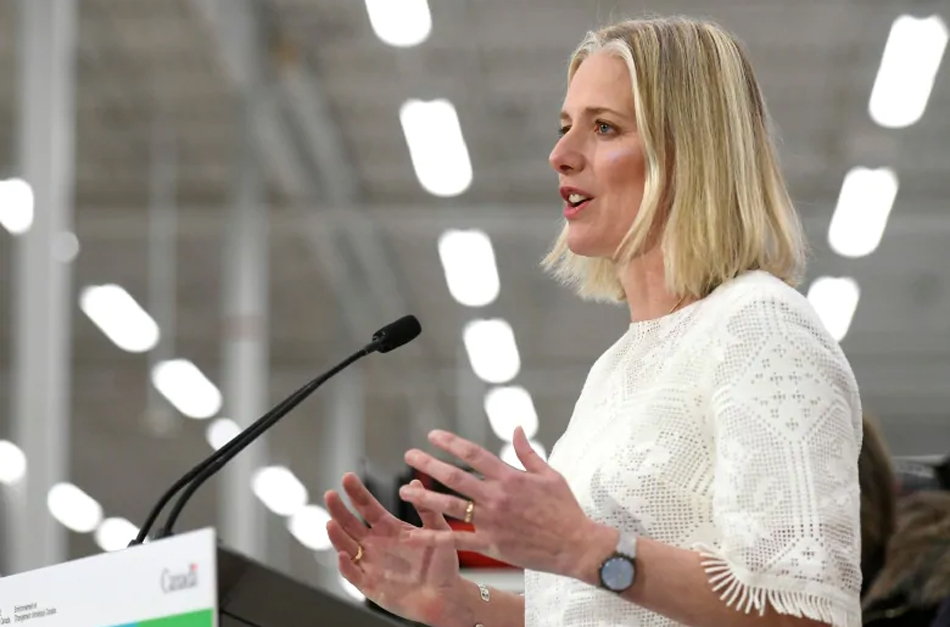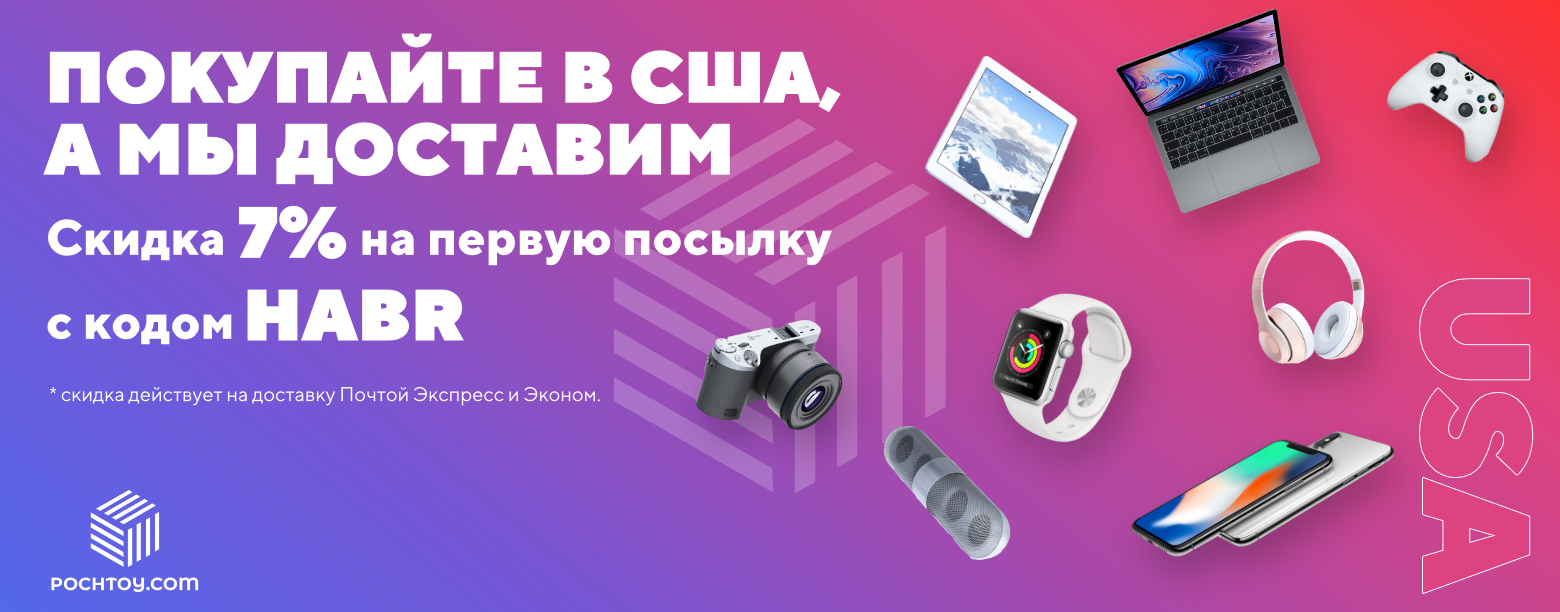Canada will ban the use of disposable plastic

Plastic straws, cotton swabs, beverage mixers, plates, cutlery, plastic bags, balloons, and much more will be hit. The ban will take effect from 2021. This is only part of Canada’s global strategy to combat plastic pollution. The full version, according to rumors, the government will announce in the coming days.
The government simply takes the full list of banned plastics from the European Union - which, in March, also voted to ban all plastic that immediately ends up in landfills. Including - any oxo-decomposable plastic containing additives that do not decompose completely, but break into small pieces, turn into microplastic and spread throughout the biosphere. Also banned are packages from fast food and glasses made from expanded polystyrene. Canadian coffee lovers in "paper" cups - slightly stiffened.

At a meeting of the Big Seven in Quebec last summer, Prime Minister Justin Trudeau announced that Canada would lead the signing of the Ocean Plastics Charter. He was immediately joined by France, Canada, Germany, Italy, Britain, and then the European Union. All of them agreed to take measures to reduce debris falling into the seas, for example, introducing new laws or raising taxes for companies that harm our ecosystem. The charter was also signed by many large corporations, such as Coca-Cola.
So far, things are not going very well in Canada. According to the latest official report , the country recycles only 9% of plastic waste. And 87% - are in landfills. The Canadian Ministry of the Environment says that Canadians throw more than 34 million plastic bags every day .
This is a global problem because these packages can decompose up to 1000 years. Many during this time find themselves in the oceans, harming zooplankton and phytoplankton, and then, along the chain, to almost all creatures of the hydrosphere and biosphere, including humans. Despite the efforts of volunteers , debris in the oceans every year becomes more and more. According to the World Economic Forum, by 2050 more plastic than fish will float in them.

Minister of Environment and Climate Change Katherine McKenna today announces a change in the country's plastic laws
')
There is also a problem with the fact that a lot of microplastic particles end up in the water and food that we consume. Recent studies have shown that plastic is ubiquitous: in marine organisms, bottled water, even beer. For example, an average resident of Canada gets about 312 particles of microplastic per day - or 121.7 thousand particles per year. Each such particle is the risk of developing intestinal cancer, endocrine disruption, and a host of other problems.
At the same time, the plastic industry is booming. In Canada, for the period from 2012 to 2017, it was one of the most developing sectors, and now it accounts for $ 35 billion in sales per year. 93,000 employees work in the plastics industry, mainly in the provinces of Ontario, Quebec and Alberta.
At the same time, the country's recycling industry generates about $ 350 million of turnover per year, and it employs less than ten companies with a total staff of 500 people.
PS Buying in America is profitable with Pochtoy.com. Delivery with us - from $ 11.99 per pound. Plus - 7% discount when registering with a promotional code HABR. And if you would like, on the contrary, to sell your goods in US stores, we now have a new service - complete filment .

Source: https://habr.com/ru/post/455465/
All Articles